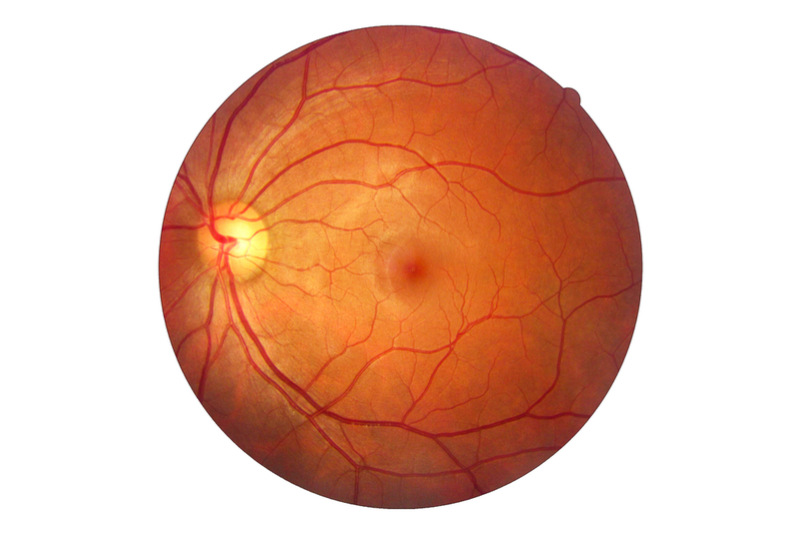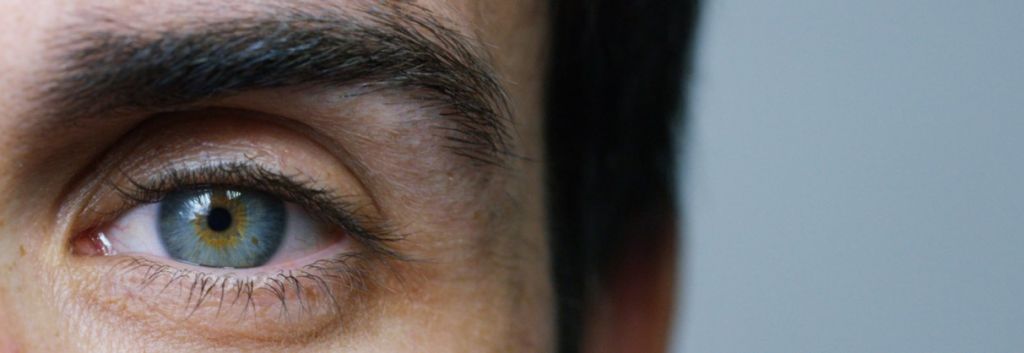Newsletter Signup - Under Article / In Page
"*" indicates required fields
UK researchers have successfully restored vision in two blind patients by transplanting a stem cell patch into their eyes.
Scientists at University College London and Moorfields Eye Hospital, London, have used a stem cell patch to successfully restore vision in two patients with age-related macular degeneration (AMD) in a Phase I trial. Following the stem cell patch transplant, both patients went from struggling to see clearly to being able to read. The results have been published this week in the journal Nature Biotechnology.
AMD is characterized by the loss of central vision due to damaged light-sensitive cells at the center of the retina. The condition is common in people above the age of 50, affecting over 4 million individuals.
While stem cells have previously been used to treat AMD patients, the current research marks the first time that an entire engineered piece of tissue was successful in treating people with sudden severe loss of vision.

The stem patch is grown on a thin plastic scaffold using human embryonic stem cells to make a sheet of retinal pigment epithelium, which keeps light-sensitive cells in the retina healthy and supports their regeneration.
While the technology is still in an early stage of development, the researchers are hopeful that it could be accessible to patients within the next five years.
Another promising approach to treating blindness is gene therapy. The company Nightstar has announced it will begin Phase III trials for its gene therapy targeting choroidemia, a rare form of blindness. Novartis has bought the rights to bring Luxturna, a gene therapy for blindness being sold in the US, to the European market. Last year, French biotech Horama raised €19M to bring its gene therapy for retinitis pigmentosa through clinical trials.
Additionally, Pixium Vision recently reported successfully restoring vision in AMD patients using a subretinal implant. However, the fact that the UK researchers’ stem cell approach promotes regeneration of tissue in the retina could give it an advantage over implanted devices, and the use of engineered tissues may provide faster results than gene therapy.
Images by HQuality, Left Handed Photography/Shutterstock






